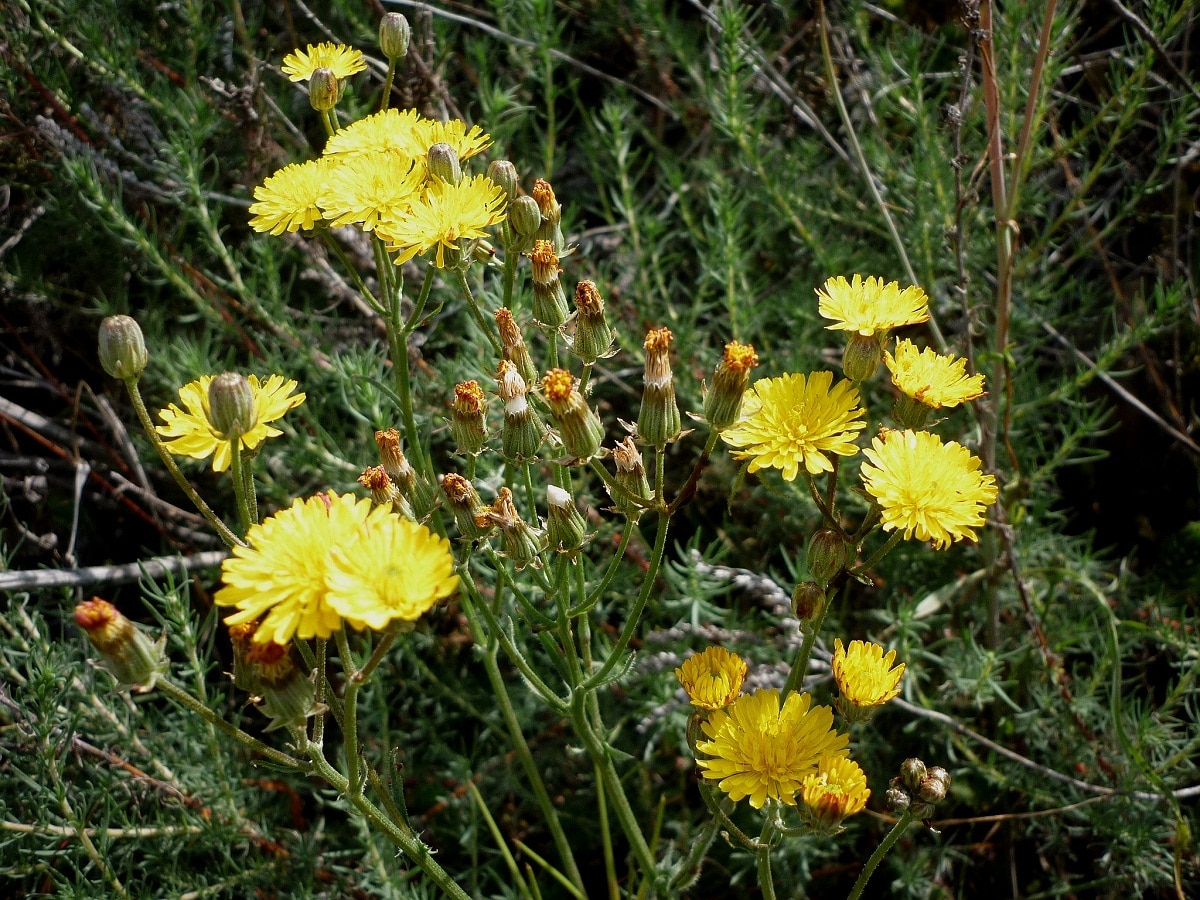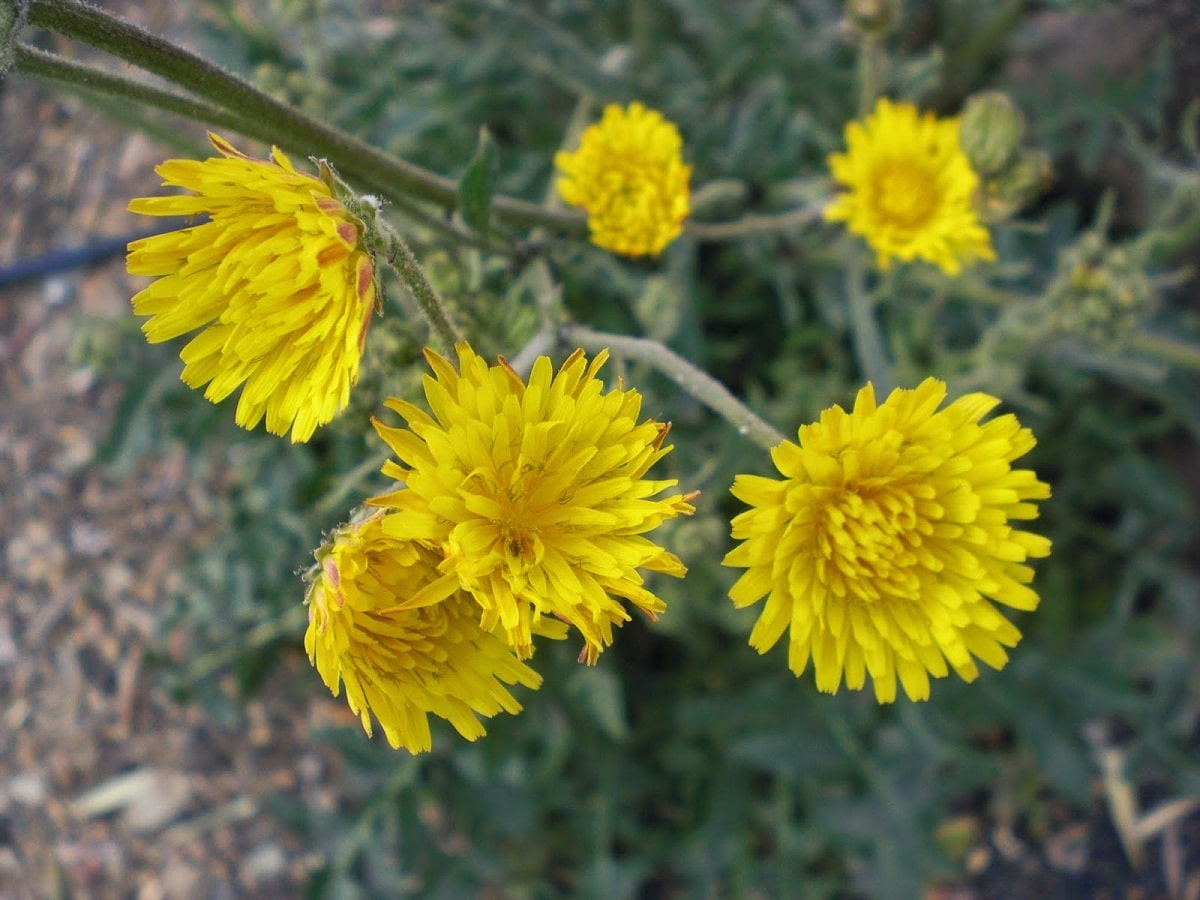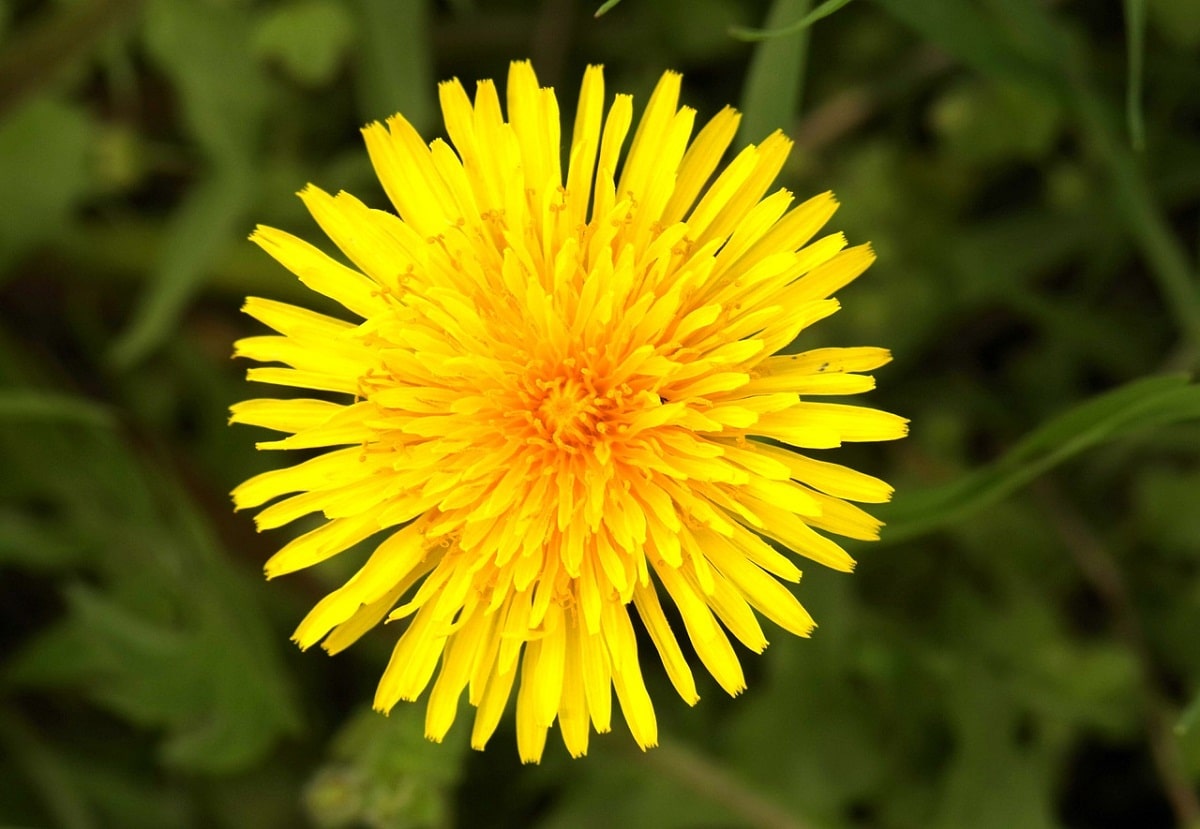
La Sonchus tenerrimus At first glance it will seem that it is a weed type plant that it has no use or benefit for you, It is far from ideal to have it in your garden. The reality is that it is a plant that despite its physical appearance shows and offers you the opposite of what has already been described.
Depending on the characteristics of your garden and the place where you are, this plant will grow overnight without your wanting it. And although it is true that many consider it a weed, this time we will provide you with a series of data and information that will make you change your mind or make you have a better perception of this plant.
General data of the Sonchus tenerrimus

La Sonchus tenerrimus or well known as linsons, it is a weed that usually grows spontaneously in gardens. Although its reproduction and growth is better in anthropic lands and those that are on the side of the roads, so it is not uncommon to find this herb in disturbed places.
Similarly, has the facility to grow in places like fallen palm trunks, concrete walls with holes in the surface, tree trunks and so on. They even have the enormous potential to grow on the walls and roofs of houses.
Something interesting that we have to mention is that the place of growth can be anywhere, as long as the seed of the plant can germinate and grow. Linsones can be found distributed throughout the world and it is common in the Iberian Peninsula and Murcia. Moreover, in these two territories mentioned where this plant is most found.
Features
Growth
It was not mentioned in the previous section, but this is a kind of annual type, although it can perfectly have the characteristics of a perennial or biennial plant. This is something that will depend directly on the type of climate where the plant manages to settle.
Therefore, it should be mentioned that its characteristics in terms of growth is very variable due to the condition of the place. Factors such as temperature, environment, and type of soil or substrate will cause the growth to be variable and irregular.
Leaves
The leaves are arranged in such a way that they hug the stem at its base. Its thickness is thin and there are occasions where the margins of the leaves grow small thorns, although this does not always happen.
In the same way, the leaves of this plant are used today to prepare salads. This is something that happens a lot in Alicante and in the community of Murcia.
Flowers
Its flowers are ray-shaped and have an intense yellow color. Each flower is grouped in a terminal chapter whose dimensions are 2 to 3 cm. The advantage of this plant is that it has the potential to bloom almost every month of the year as long as the weather is warm.
In case you like animal life and especially insects, you should know that the flowers of this species usually attract various animals of the type insect and pollinators.
Fruit
It looks like a small wrinkled seed of dark green color, which is light enough in weight as if to be carried away by a slight draft of air. It is in this way that it spreads so easily.
Maintenance and / or care

The wonderful thing about having this plant in your garden is that it does not requires no maintenance. What's more, to give you an idea, it does not even need you to water it since it will live without any problem,
The reason for this is that it has great strength and resistance to cold or heat. Of course is more prone to certain damage from a frostBut when it is over, the plant will grow back like never before.
Uses
To finish and as you know, this plant is used mainly for the preparation of salads. In case you want to venture to do this, you have to collect the leaves that are as tender as possible and those that at first glance are the youngest. Otherwise, you will end up choosing leaves that are rough in texture and you won't like the taste.
Yes, try as much as possible to take care of her even a littleas it is prone to being affected by aphids. Although this is something that very rarely happens.